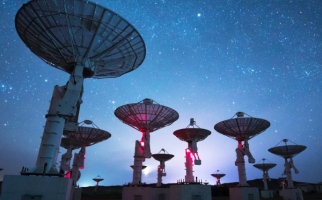
Radio Astronomy
Backgrounders
Learn about radio astronomy, a type of astronomy that studies objects in space using radio waves and radio telescopes.
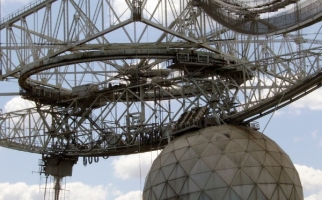
SETI - The Search for extraterrestrial Intelligence
Backgrounders
Some astronomers are not looking for stars, planets or galaxies. They are searching for intelligent life in the universe beyond our planet.
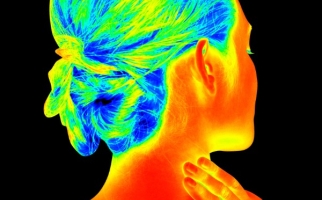
Thermal Imaging
Backgrounders
Learn about uses of thermal imaging as a medical imaging technology.

Radiography & X-ray Imaging
Backgrounders
Learn about radiography and x-rays as a form of medical imaging technology.
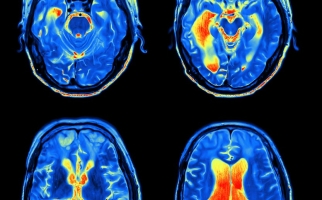
Magnetic Resonance Imaging
Backgrounders
Learn about the history, function, uses, benefits and risks of Magnetic Resonance Imaging (MRI) as a medical imaging technology.

The Optics of Telescopes
Backgrounders
Learn about telescopes, how they work & why they're important to astronomers.

Why do we need two eyes to see?
Hands-on Activities
Ever wondered why we have two eyes (and not one, three or more)? Find how your two eyes work together in this hands-on activity.
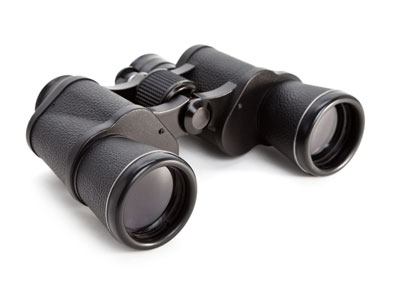
Why is everything so small down there?
Hands-on Activities
Explore how we see things far and near and from different angles. It's all about perspective!

What is white light?
Hands-on Activities
Find out what happens if you spin the colours of the rainbow in this hands-on activity.

What's in a Rainbow?
STEM Explained
Rainbows are beautiful examples of optics in nature. We see them thanks to the reflection and refraction of visible light and water.

What are the Different Types of Radiation?
Backgrounders
Learn about the different types of radiation, how they interact with atoms and how they can affect you.

What If You Could Charge Your Phone Using Radio Waves?
STEM Explained
Could we use radio waves to charge electrical technologies in the future?
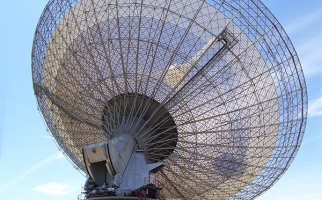
The Search for Extraterrestrial Intelligence - and How You Can Help!
STEM Explained
When astronomers search for extraterrestrial life, they often have to listen for radio waves coming from deep space. If you’re interested, you can help!

Reflectors
Picture Collections
7 images of some objects that can reflect light such as mirrors, Mylar balloons and water

Is a green apple always green?
Hands-on Activities
What does light have to do with colour? Observe some colourful fruit under different conditions to learn why we see the colours we see!